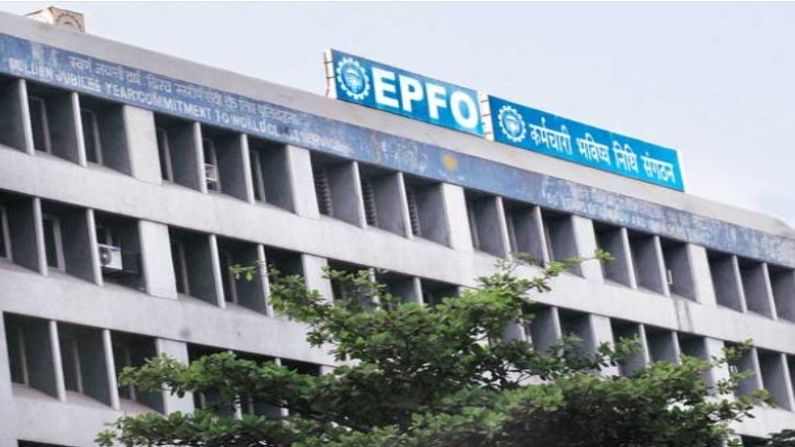Separation of EPF and EPS accounts will help in building better retirement fund, say experts
As Covid relief measures, the government allowed subscribers to withdraw advances from their PF accounts subject to certain terms and conditions

The government may have a plan to separate the provident fund and pension accounts which is covered under the Employees Provident Fund Organisation (EPFO), according to a Mint report. This is done to safeguard the monthly pension payouts as in consequence of such reform, the account holders would not be able to withdraw their pension fund together with the provident fund. Welcoming the move experts say this will help in securing the retirement of employees.
“Such a move would enable the account holders to withdraw their PF corpus without disturbing their pension corpus, it may emerge as a positive move in the long term to protect the retirement corpus of the employees or the account holders,” said Suresh Surana, founder, RSM India.
Pros and Cons
The main advantage is that the subscribers would be able to withdraw their provident fund balance without impacting their retirement corpus. The separation of such accounts will help subscribers to continue with their pension funds.
As Covid relief measures, the government allowed subscribers to withdraw advances from their PF accounts subject to certain terms and conditions.
“While the financial planner in me wants restricted access to the pension funds so retirement is protected, the reality today is a lot of people are struggling due to pay cuts and job losses. A lot of them only have EPF as their go to resources else they will need to take loans for their regular expenses too,” said Shweta Jain, founder of Investography and author of My Conversations with Money.
However, after the move is implemented, the subscribers would not be able to disturb their pension savings in such situations.
“In times of crisis, withdrawal for the subscribers would be restricted to the provident fund and they would not be able to withdraw any sum from the pension account which may generate liquidity constraints in times of emergency fund requirements,” concurs Surana.
What are the current rules of EPFO?
The Employees Provident Fund (EPF) scheme applies to all those employees whose organizations are covered under the ambit of EPFO i.e., organisations with the number of employees exceeding 20. Also, such a scheme is mandatorily applicable for employees with wages up to Rs 15,000 per month whereas those with wages above Rs 15,000 per month may voluntarily opt for such EPF schemes.
Out of the total EPFO contribution (employer and employee) of cumulative 24% per month of salary (as specified), the contribution towards EPS (employee pension scheme) is 8.33%, whereas the balance goes to EPF.
Is the proposed move necessary?
According to financial experts, this would be a great idea a year or two later when things are back to normal post-pandemic scenario.
“Once people get through today, they will have a chance to rebuild a better retirement fund even if they dip into all their savings. Let’s not push them towards debt as that will affect their ability to rebuild their future,” said Jain.
“The separation of the Pension and Provident fund accounts from a long-term perspective would be a prudent decision and would enable the utilisation of provident fund balance without affecting the social security coverage provided by the Pension Fund corpus,” agreed Surana.